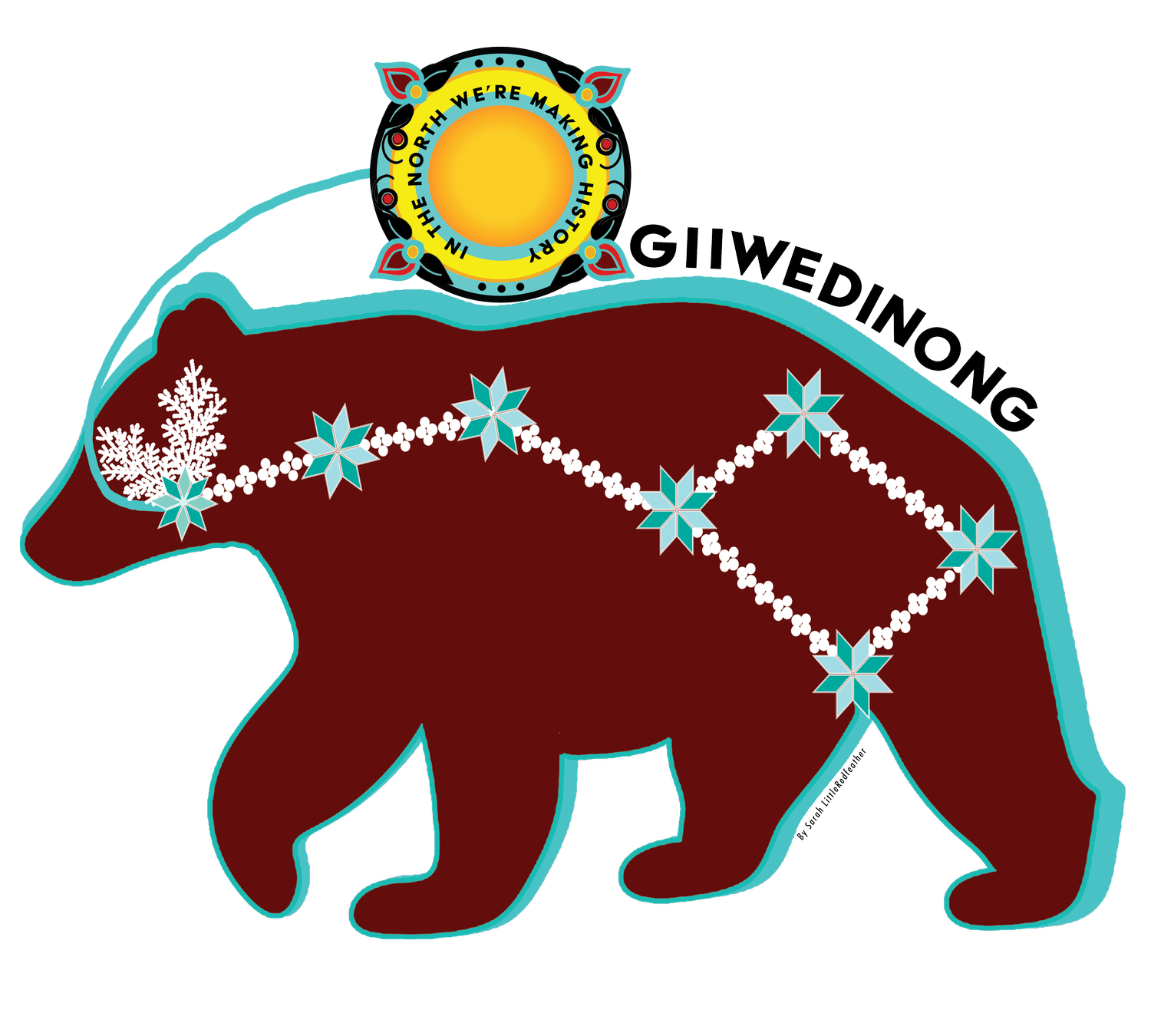Park Rapids First Annual National Day of Racial Healing hosted by Giiwedinong Treaty Rights & Culture Museum.
On Tuesday, January 16, 2024, Giiwedinong hosted the First Annual National Day of Racial Healing event. The event celebrated a teaching of the One Dish One Spoon Treaty, and shared a traditional meal based on One Dish One Spoon Treaty which was Hominy Beaver Tail soup.
Our visitors that attended were from the Park Rapids Arts & Culture Commission, Laura Grisamore, LuAnn Hurd-Lof, Liz Stone, Paul Albright, Carolynne White, Paul Dove and Pat Dove and Derek Ricke, President of Park Rapids Chamber of Commerce attended Don Wedll, Giiwedning Board Chair, Mary Crystal Goggleye, Leech Lake Band of Ojibwe, Sarah LittleRedfeather, Museum marketing and creative co-curator and Winona LaDuke, Museum research and co-curator.
We are grateful to have shared space on this National Day of Racial Healing (NDRH) and those who joined us.
This event was is in spirit of National Day of Racial Healing (NDRH). Which occurs annually following Martin Luther King Jr Day.
This day was established in 2017 by the W.K. Kellogg Foundation's Truth, Racial Healing, and Transformation efforts. Helping to carry on the dream of equity and inclusion for all.
One Dish One Spoon Treaty
By Winona LaDuke
In l70l, a Treaty was reaffirmed between the Anishinaabe and the Haudenosaunee Nations, what is now Montreal. Minwenzha, a long time ago, our people the Anishinaabe made an agreement with the Haudenosaunee nation, or the Six Nations Confederacy, referred to as the One Dish One Spoon Treaty or the Great Peace of Montreal. The year was l701. Canonized as an Indigenous law, it describes an agreement for sharing hunting territory among two or more nations. People are all eating out of the single dish, that is, all hunting in the shared territory. One spoon signifies that all peoples sharing the territory are expected to limit the game they take to leave enough for others, and for the continued abundance and viability of the hunting grounds into the future..
This Wampum belt represents a treaty between the Anishinaabe (the Three Fires) and the Haudenosaunee (the Six Nations Confederacy) first made 700-hundred or so years ago, and reaffirmed by the Indigenous nations generations after generation.
It describes an agreement for sharing hunting and harvesting territory.
This Wampum represents that people are all eating out of a single dish, that is the shared territory. In many traditions, serving from the same spoon means that people are relatives, and in this case, are expected to take only what is needed for the continued abundance and viability of the land into the future.
The belt was gifted to the Anishinaabe people of this region in 2021, when Joe Hill, a Seneca man, brought the belt to the Mississippi River, to reaffirm this Treaty between our peoples to protect the water. This is the Wampum Belt displayed here was accepted by Rice Lake and Sandy Lake Anishinaabe.
We all live here, drink the same water, breathe the same air, and basically are eating from the same bowl, “we are relatives.”
“The Two Row Wampum is about peace and friendship. As long as the grass grows green, water flows downhill, and the sun rises in the east and sets in the west, the wampum belt has meaning. It’s an agreement—you stay in your ship; we stay in our canoe.” – Oren Lyons, Faithkeeper, Turtle Clan, Onondaga Nation
More about the Wampum Belt
Wampum beads are from Eastern quohog clam shells, and are historically and presently used to preserve history and teachings, for political agreements and ceremonies. They originate with the Haudenausaune. These Wampum belts are one of the numerous ways that Haudenosaunee people communicate through generations.
When Wampum belts were used for ceremonies it verified what took place, such as assuring proper succession and elections and also fair installations of officials. The power of the Wampum belts was so great that it was responsible for keeping a fair political system in place for the Haudenosaunee people.
Even before the arrival of the idea of Treaties which was brought by the Europeans, Wampum belts operated like treaties for some. For all of these different events, the Wampum belt sealed deals that were made, acting like a signature which is what kept the promises that were made for both sides of the party. Keeping your words was very important for the Haudenosaunee people because it not only created a safe environment and trust among the people, but there was clear evidence of the agreement.
To learn more about National Day of Racial Healing, please visit their website.
PRESS
‘One Bowl One Spoon’: Giiwedinong museum showcases wampum belt treaty: The Giiwedinong Treaty Rights & Culture Museum celebrated the National Day of Racial Healing on Tuesday, Jan. 16.
By Robin Fish
Nevertheless she called Park Rapids “a cool town” and spoke freely about plans for community events aimed at breaking down interracial barriers – part of what the museum’s release describes as “a talking circle to share our hearts and minds.”
“We’re not going anywhere, and we want people to work together,” said LaDuke.
